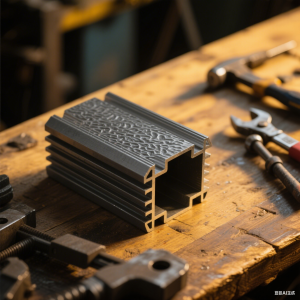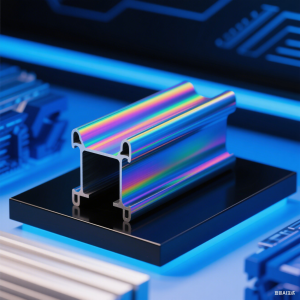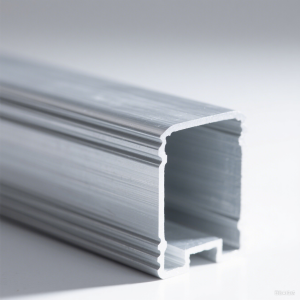Aluminum Extrusion Explained: Methods, Advantages & Applications
Aluminum extrusion is a transformative manufacturing process that shapes aluminum alloys into precise, high-strength profiles through controlled pressure. At Quick Machine, we leverage multiple extrusion techniques to meet diverse industrial demands. Understanding the core methods – Direct, Indirect, and Hydrostatic extrusion – is key to selecting the optimal solution for your project.



The Three Primary Aluminum Extrusion Methods
- Direct Extrusion (Forward Extrusion)
Process:
A heated billet is loaded into a stationary container. A hydraulic ram forces the billet through a fixed die. The extruded profile moves in the same direction as the ram’s motion.
Key Characteristics:
- Highest friction (billet scrapes container walls)
- Requires greater force
- Industry standard for most profiles
2. Indirect Extrusion (Backward/Reverse Extrusion)
Process:
The billet remains stationary in a sealed container. A hollow ram pushes the die through the billet. The profile emerges backward through the ram.
Key Characteristics:
- 30% less force required
- Minimal friction (no billet-container movement)
- Superior surface finish
3. Hydrostatic Extrusion
Process:
Billet is surrounded by high-pressure fluid (oil). Ram compresses fluid, forcing billet through die without container contact.
Key Characteristics:
- Near-zero friction
- Handles brittle alloys
- Ultra-precise dimensions
Comparison:
| Feature | Direct Extrusion | Indirect Extrusion | Hydrostatic Extrusion |
| Billet Movement | Moves against container | Stationary | Stationary |
| Die Movement | Stationary | Moves through billet | Stationary |
| Profile Direction | Same as ram | Opposite to ram | Same as ram |
| Friction | High (billet-container) | Very Low | Extremely Low |
| Required Force | High | Lower (~25-30% less) | Lowest |
| Metal Flow | Less uniform | More uniform | Very uniform |
| Surface Finish | Good | Very Good | Excellent |
| Billet Length | Limited | Longer possible | Variable |
| Complexity | Simpler | More complex tooling | Highly complex system |
| Cost | Lower | Higher | Highest |
| Primary Use | Most common, standard profiles | High-precision, critical profiles | Specialized materials/applications |
Direct extrusion dominates the industry due to its simplicity and versatility. Indirect extrusion is chosen for demanding applications where reduced friction and superior quality are paramount. Hydrostatic extrusion remains a niche process for highly specialized needs.
